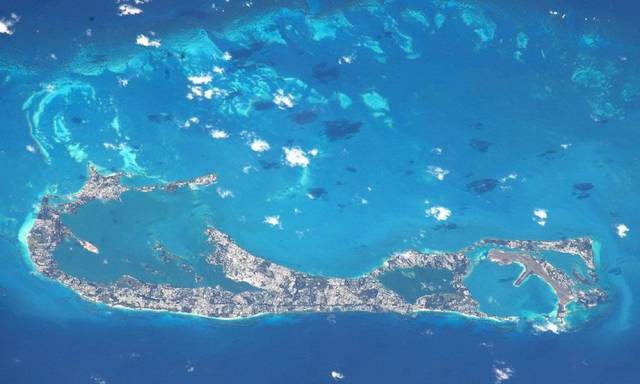|
|
Earth From Space
|
The concept of a universe filled with a luminiferous aether remained in vogue among some scientists up until the twentieth century. This form of aether was viewed as the medium through which light could propagate. In 1887, the Michelson-Morley experiment was carried out as an attempt to detect the Earth's motion through this medium by looking for changes in the speed of light based on the direction of the planet's motion. However, the null result indicated something was wrong with the concept. Since then the idea of the luminiferous aether had essentially been abandoned, to be replaced by Albert Einstein's theory of special relativity. The latter held that the speed of light is a constant in a vacuum, regardless of the observer's motion or frame of reference.
The first professional astronomer to support the concept of an infinite universe was the Englishman Thomas Digges in 1576. However, the true scale of the universe remained unknown until the first successful measurement of the distance to a nearby star was performed in 1838 by the German astronomer Friedrich Bessel. He showed that the star 61 Cygni had a parallax of just 0.31 arcseconds (compared to the modern value of 0.287″). This corresponded to a distance of over 10 light years. The distance scale to the Andromeda galaxy was determined in 1923 by American astronomer Edwin Hubble when he measured the brightness of cepheid variables within that galaxy. This established that the Andromeda galaxy, and by extension all galaxies, lay well outside the Milky Way.
The modern concept of outer space is based upon the Big Bang cosmology, which was first proposed in 1931 by the Belgian physicist Georges Lemaître. This theory holds that the observable universe originated from a very compact form that has since undergone continuous expansion. Matter that remained following the initial expansion has since undergone gravitational collapse to create stars, galaxies and other astronomical objects, leaving behind a deep vacuum that forms what is now called outer space.
The term outer space was first recorded by the English poet Lady Emmeline Stuart-Wortley in her poem "The Maiden of Moscow" in 1842, and later popularized in the writings of HG Wells in 1901. The shorter term space is actually older, first used to mean the region beyond Earth's sky in John Milton's Paradise Lost in 1667.
|
|









